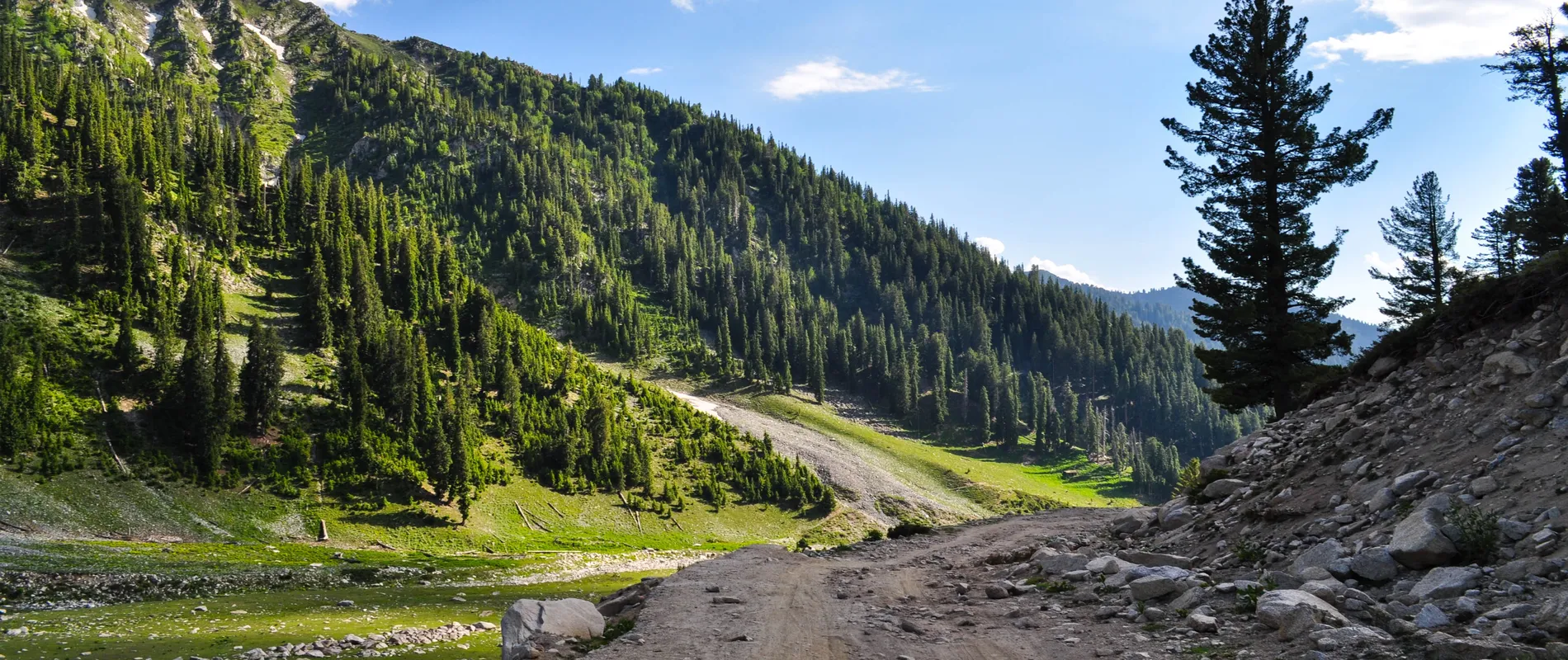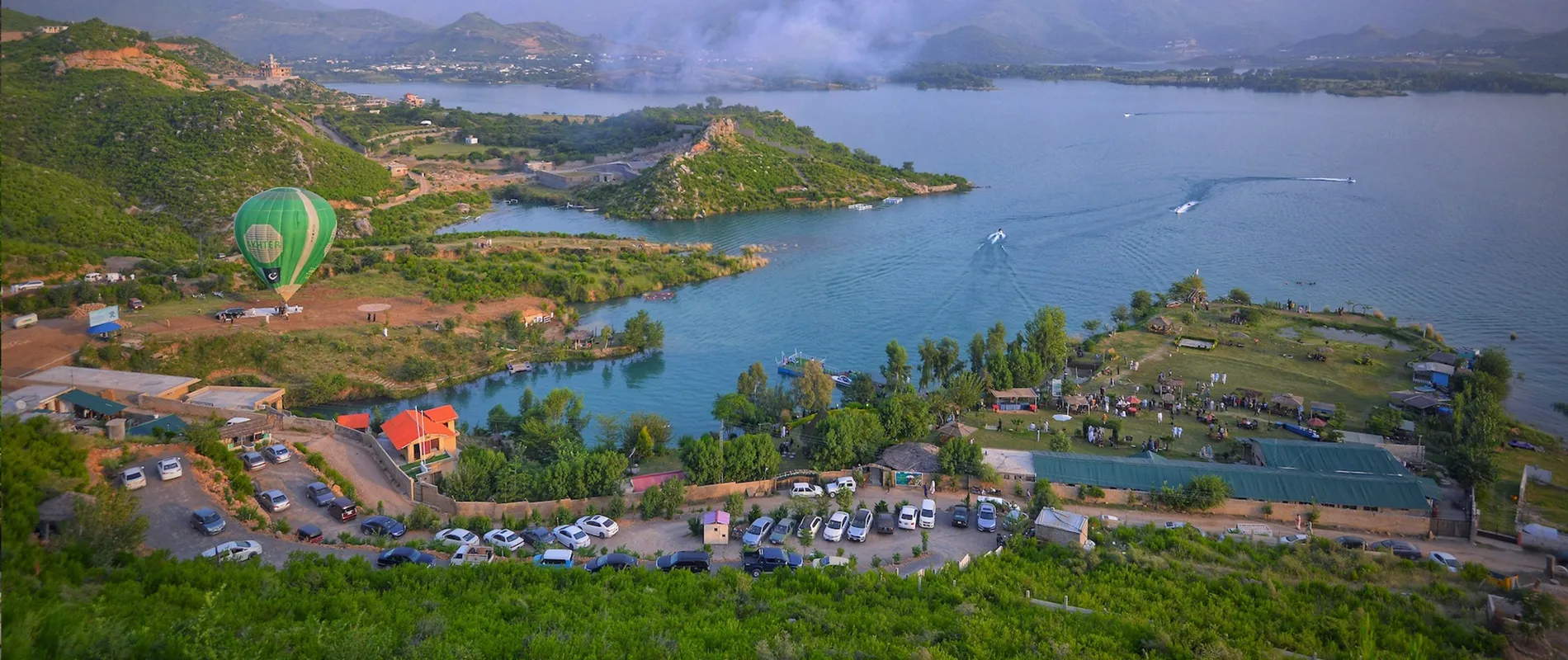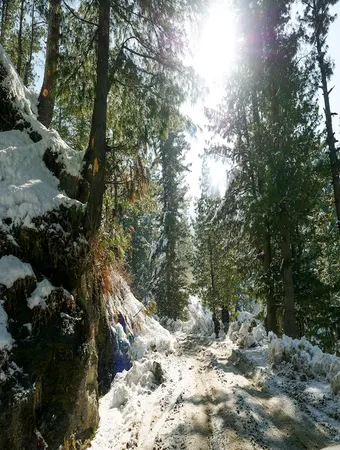


Swat
The lush green and historic Swat Valley, in the Malakand Division lies between 34o - 40' to 35o N latitude and 72' to 74o - 6’ E longitude and is part of the Khyber Pakhtunkhwa province of Pakistan. The valley is an integral part of the strategic and significant region where three parts of the Asian Continent—South Asia, Central Asia and China meet. The names found in ancient sources for Swat are Udyana and Suvastu because of the scenic beauty of the valley and the name of the river, respectively. The historical and cultural remains of the area provide evidence about human activities covering a large span of time. Alexander the Great came here in 327 BC en route India. In ancient times it remained center of Buddhism, still having its marks found from river bed to the tops of the mountains. During Abdul Wadud (1917- 1949) and Jahan Zeb's (1949-1969) peaceful region, Swati territories forming part of Swat State witnessed unprecedented development in the fields of education, health and communication. The magnificent Swat Valley popularly known as the Switzerland of the East, is situated north of Peshawar. In ancient times, it remained center of the then flourishing Buddhist civilization, still having its remnants found at various places. Its old name was Udyana (Land of Gardens). The archeological sites and monasteries dating back to Buddhist era add to its historical charm. Surrounded by majestic mountains, Swat Valley is full of roaring rivers, lush green forests and snow-covered peaks adding to its natural attraction. "Upper” and " Lower " Swat are terms in vogue based on the arbitrary demarcation of higher and lower regions In the valley by Swat River. Green fruit orchards, beautiful lakes, gushing streams and a fascinating landscape make it a place worth seeing.

.webp)
.webp)
.webp)

